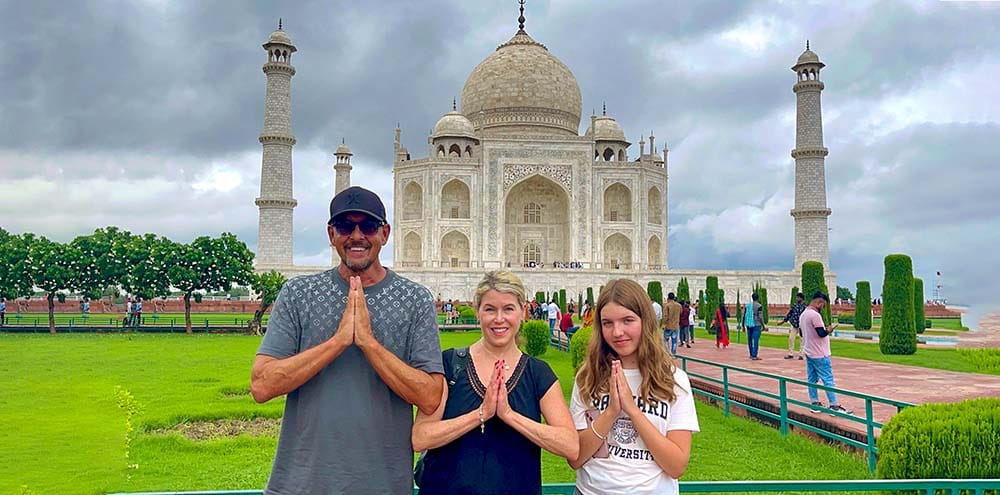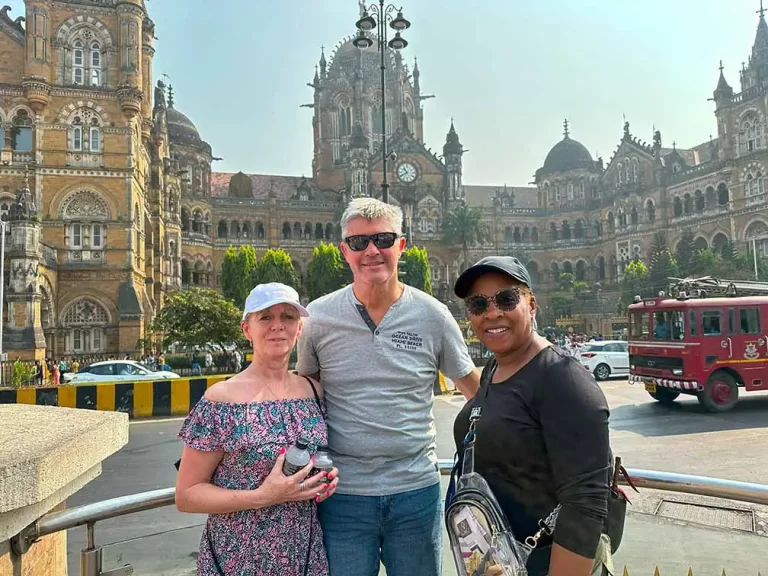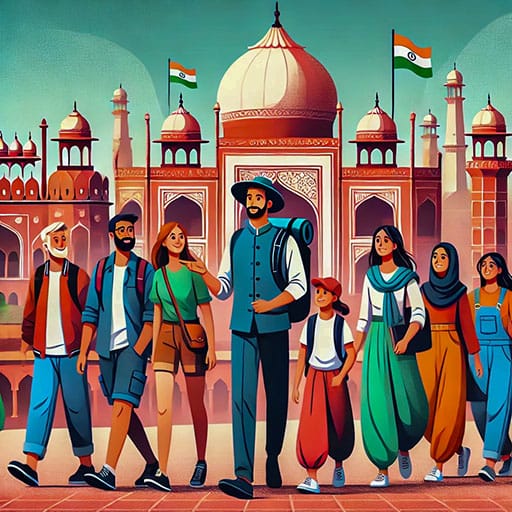Top Heritage Sites in India: Must-Visit Destinations
Top Heritage Sites in India, with its rich history and diverse culture, is home to some of the world’s most remarkable sites. Recognized for their universal value, UNESCO World Heritage Sites in India draw millions of visitors each year, eager to witness the incredible architecture, spirituality, and history that these locations offer. If you’re planning a trip to India and looking for unforgettable places to explore, here’s a list of the Top Heritage Sites in India that you absolutely can’t miss.
1. Taj Mahal, Agra
Location: Agra, Uttar Pradesh
Best Time to Visit: October to March
The Taj Mahal, an iconic symbol of love, is one of the most famous UNESCO World Heritage Sites in India and around the globe. Built by Emperor Shah Jahan in memory of his wife Mumtaz Mahal, this breathtaking marble mausoleum is a masterpiece of Mughal architecture. With its intricate carvings, symmetrical gardens, and the reflection in the Yamuna River, the Taj Mahal offers a mesmerizing experience, especially during sunrise and sunset.
2. Ajanta and Ellora Caves, Maharashtra
Location: Near Aurangabad, Maharashtra
Best Time to Visit: November to March
The Ajanta and Ellora Caves, located near the city of Aurangabad, are a testament to India’s artistic heritage. The Ajanta Caves, with their ancient rock-cut Buddhist temples, feature detailed frescoes and sculptures. Meanwhile, the Ellora Caves house a unique blend of Buddhist, Hindu, and Jain temples, showcasing the religious harmony of ancient India. The Kailasa Temple at Ellora, carved from a single rock, is a must-see architectural wonder.
https://passportlifestyles.us/group-tours-to-india-golden-triangle-tiger-safari/3. Jaipur City, Rajasthan
Location: Jaipur, Rajasthan
Best Time to Visit: October to March
Jaipur, known as the Pink City, is celebrated for its royal architecture and rich cultural heritage. The UNESCO designation recognizes its unique urban planning, blending ancient fortifications with a vibrant marketplace and grand palaces. Key attractions include the Amber Fort, City Palace, Hawa Mahal, and Jantar Mantar—an 18th-century astronomical observatory. Jaipur offers visitors a glimpse into the opulence of the Rajput dynasty.
4. Qutub Minar, Delhi
Location: Delhi
Best Time to Visit: October to March
Standing tall at 73 meters, Qutub Minar is the tallest brick minaret in the world and a prime example of Indo-Islamic architecture. Built in the 12th century by Qutb-ud-din Aibak. this UNESCO World Heritage Site features intricate carvings and verses from the Quran. The nearby Alai Darwaza and Iron Pillar are also notable attractions. A visit to Qutub Minar allows travelers to explore Delhi’s rich Islamic heritage.
5. Red Fort Complex, Delhi
Location: Delhi
Best Time to Visit: October to March
The Red Fort, an iconic symbol of India’s independence, is a UNESCO World Heritage Site known for its stunning Mughal architecture. Built by Emperor Shah Jahan, this massive fort with red sandstone walls houses beautiful gardens, palaces, and museums. Every evening, a sound and light show narrates the history of the Mughal Empire, providing a captivating experience for visitors.
6. Fatehpur Sikri, Uttar Pradesh
Location: Fatehpur Sikri, Uttar Pradesh
Best Time to Visit: November to February
Fatehpur Sikri, a UNESCO World Heritage Site, was once the capital of the Mughal Empire. Built by Emperor Akbar, the city features stunning red sandstone buildings, palaces, and mosques. The Buland Darwaza, or “Gate of Victory,” is the largest gateway in the world and a notable highlight of the site. Fatehpur Sikri’s architectural beauty and historical significance make it a must-visit destination for history lovers.
Tips for Visiting UNESCO World Heritage Sites in India
To make the most of your visit to these Top UNESCO World Heritage Sites in India, here are some helpful tips:
- Plan Your Visit During the Right Season: Many of these sites are best experienced during specific months to avoid extreme weather and large crowds.
- Hire Local Guides: Knowledgeable guides can offer deeper insights into the history and significance of each site.
- Respect Cultural Norms: Some sites, especially religious ones, may require modest clothing and adherence to specific customs.
- Stay Hydrated and Carry Essentials: Some sites involve extensive walking, so carry water, sunscreen, and comfortable shoes.
- Book in Advance: For popular sites like the Taj Mahal, booking tickets online can save you time and help avoid queues.
Final Thoughts
India’s UNESCO World Heritage Sites are a gateway to the country’s soul, showcasing its architectural prowess, spiritual depth, and natural beauty. Each site tells a unique story, reflecting different periods of history, various architectural styles, and India’s remarkable biodiversity. From the architectural wonders of the Taj Mahal to the spiritual sanctuaries of Jaipur, these top sites are must-visit destinations for anyone looking to experience the essence of India.
When planning your itinerary, remember that each UNESCO site offers a unique experience, so take the time to immerse yourself in their history, beauty, and cultural significance. With the right planning and an open mind, a trip to these heritage sites will be nothing short of unforgettable.
Frequently Asked Questions (FAQs)
Q: How many UNESCO World Heritage Sites are there in India?
A: India has 40 UNESCO World Heritage Sites, including cultural, natural, and mixed properties.
Q: Which UNESCO site should I visit first?
A: The Taj Mahal is often recommended as a first-time visitor’s top choice. it has iconic status and breathtaking beauty.
Q: Are all UNESCO sites in India open to the public?
A: Most sites are open to visitors, though some areas may be restricted to protect their preservation.






https://cr-v.su/forums/index.php?autocom=gallery&req=si&img=4019
http://wish-club.ru/forums/index.php?autocom=gallery&req=si&img=5464
http://terios2.ru/forums/index.php?autocom=gallery&req=si&img=4553